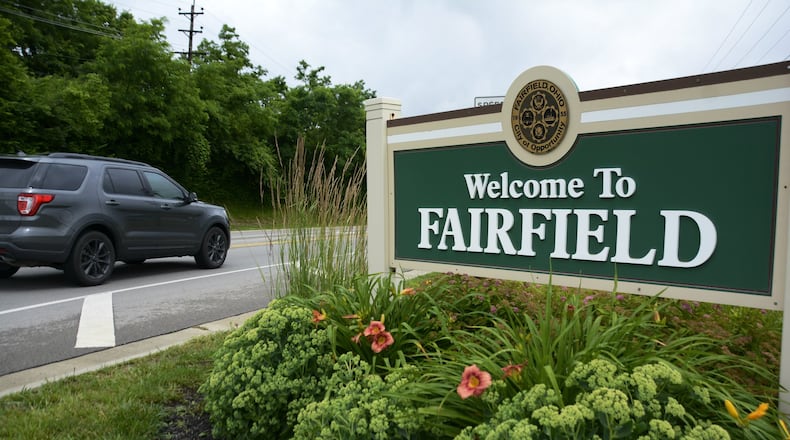As revenues have declined, plans for capital projects are being altered, according to City Manager Mark Wendling and Finance Director Scott Timmer.
RELATED: Fairfield watching for a state change that could cost it $65,000 … or $10M
“Obviously, there have been some things that have occurred that we would ultimately change portions of it,” said Wendling, adding that department directors have planned to trim cost estimates or delay projects for a year or more.
The capital improvement program is a five-year spending plan for capital projects, such as road work, park improvements and projects for the city’s emergency services.
“This program establishes the priorities and serves as a real planning document for the city over the next five years in capital expenditures,” said Timmer. “It does provide a breakdown of the major project costs and it does explain any phasing for projects that may occur for more than one year.”
The CIP does not appropriate money as each project still must be presented to City Council for approval throughout the year.
Over the next five years, the city’s Public Utilities Department will cut about 10 percent of its anticipated $3.2 million capital budget initially planned, said Public Utilities Director Adam Sackenheim.
“We worked to identify about 10 percent of projects that we feel could postpone or defer,” he said. “So that equates to roughly $330,000 worth 0f projects that we feel comfortable we can push off until the financial situation is more stable.”
RELATED: How Fairfield has helped improve the world’s water quality for 25 years
About $200,000 was for a roof replacement at the water treatment plant, which could be held off for one or two years, he said.
In all, the department can defer about seven of the planned 52 projects, and trim the budgets for two other projects, Sackenheim said.
All of the projects for 2020 will not be paid for with any new debt, he said, as the department’s goal is to be “strategically aggressive and proactive in addressing our infrastructure needs.”
But debt will be taken out by the city for a utility project in 2021, and the reason why the projected capital improvement budget increases to $21.6 million next year.
Sackenheim said there will be a $3 million project for a dual-purpose building that will replace the existing facility used for sewer sludge dewatering process in half of it.
“We have an immediate need to replace our equipment and the building where we dewater, press from liquid sludge into solid sludge,” he said.
The other half of the new building will be for longterm bulk chemical storage for removal of phosphorus from wastewater.
The state does not mandate Ohio’s municipal wastewater treatment facilities to treat to remove phosphorus — though it does mandate those facilities that discharge into Lake Erie — but Sackenheim believes it’s only a matter of time before the Ohio Environmental Protection Agency will mandate it.
FAIRFIELD CIP
The Fairfield capital improvement program has more than $90 million worth of projects listed for the next five years. Here’s how much the city could spend annually if all projects happen:
• $15 million in 2020
• $21.6 million in 2021 (large-scale debt-funded projects in public utilities)
• $17.1 million in 2022
• $14.5 million in 2023
• $21.7 million in 2024
Source: city of Fairfield
About the Author

